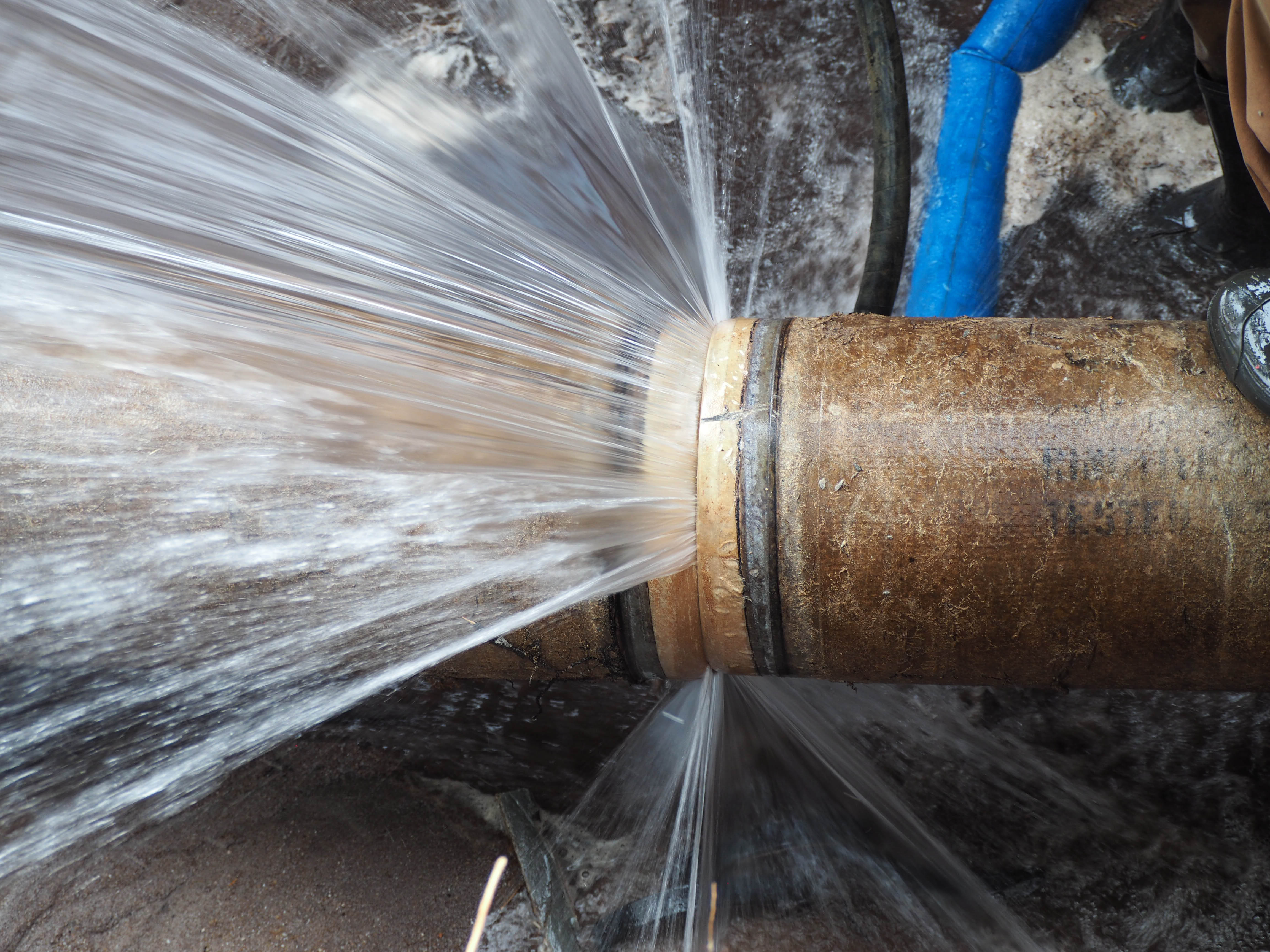Have you been trying to locate content concerning 6 Ways to Prevent Frozen Pipes?

Cold weather can damage your plumbing, specifically by freezing pipelines. Here's exactly how to avoid it from occurring and what to do if it does.
Intro
As temperatures decrease, the risk of frozen pipelines rises, possibly causing expensive repair work and water damage. Recognizing exactly how to avoid frozen pipes is essential for property owners in cold climates.
Avoidance Tips
Shielding at risk pipelines
Cover pipes in insulation sleeves or utilize heat tape to shield them from freezing temperatures. Focus on pipes in unheated or outside locations of the home.
Heating techniques
Keep indoor areas adequately warmed, particularly areas with plumbing. Open closet doors to enable cozy air to flow around pipelines under sinks.
How to determine icy pipelines
Look for lowered water circulation from faucets, unusual smells or sounds from pipes, and visible frost on subjected pipes.
Long-Term Solutions
Architectural changes
Take into consideration rerouting pipes far from outside wall surfaces or unheated locations. Include extra insulation to attic rooms, cellars, and crawl spaces.
Updating insulation
Purchase high-quality insulation for pipelines, attic rooms, and wall surfaces. Appropriate insulation assists maintain consistent temperatures and reduces the threat of frozen pipes.
Protecting Exterior Pipes
Garden tubes and outside faucets
Separate and drain yard hoses before winter. Install frost-proof spigots or cover exterior faucets with protected caps.
Comprehending Icy Pipes
What creates pipelines to ice up?
Pipelines freeze when revealed to temperature levels listed below 32 ° F (0 ° C) for prolonged durations. As water inside the pipelines freezes, it broadens, putting pressure on the pipeline walls and potentially causing them to burst.
Threats and problems
Icy pipes can cause water disturbances, residential property damage, and expensive repairs. Ruptured pipelines can flooding homes and create substantial structural damages.
Signs of Frozen Water Lines
Identifying frozen pipelines early can prevent them from rupturing.
What to Do If Your Pipelines Freeze
Immediate actions to take
If you believe frozen pipes, keep taps open up to alleviate pressure as the ice thaws. Make use of a hairdryer or towels taken in warm water to thaw pipelines gradually.
Conclusion
Preventing icy pipes calls for positive procedures and quick responses. By recognizing the causes, signs, and safety nets, homeowners can safeguard their pipes during winter.
6 Proven Ways to Prevent Frozen Pipes and Protect Your Home
Disconnect and Drain Garden Hoses
Before winter arrives, start by disconnecting your garden hoses and draining any remaining water. Close the shut-off valves that supply outdoor hose bibs and leave the outdoor faucet open to allow any residual water to drain. For extra protection, consider using faucet covers throughout the colder months. It’s also important to drain water from any sprinkler supply lines following the manufacturer’s directions.
Insulate Exposed Pipes
Insulating your pipes is an effective way to prevent freezing. Pipe insulation is readily available at home improvement stores and is relatively inexpensive. Pay close attention to pipes in unheated areas such as the attic, basement, crawl spaces, or garage. Apply foam insulation generously to create a buffer against the cold. You can also wrap your pipes in heat tape or thermostat-controlled heat cables for added warmth.
Seal Air Leaks
Inspect your home for any cracks or openings that could let in cold air. Seal any holes around the piping in interior or exterior walls, as well as the sill plates where your home rests on its foundation. Additionally, make sure to keep your garage door closed unless you’re entering or exiting. Leaving it open creates a significant air leak that can lead to frozen pipes.
Allow Warm Air Circulation
During cold snaps, it’s essential to allow warm air to circulate evenly throughout your home. Leave interior doors ajar to promote better airflow. Open kitchen and bathroom cabinets to help distribute heat consistently around the rooms. If you have small children or pets, be sure to remove any household chemicals or potentially harmful cleaners from open cabinets for safety.
Let Faucets Drip
A small trickle of water can make a big difference in preventing ice formation inside your pipes. When temperatures drop significantly, start a drip of water from all faucets served by exposed pipes. This continuous flow helps prevent the water from freezing. Additionally, running a few faucets slightly can relieve pressure inside the pipes, reducing the chances of a rupture if the water inside does freeze.
https://choateshvac.com/6-proven-ways-to-prevent-frozen-pipes-and-protect-your-home/

I was introduced to that editorial about How To Avoid Freezing Pipes from an acquaintance on a different web property. Sharing is nice. Helping people is fun. Thanks a bunch for your time. Please stop by our site back soon.
Click Here
Comments on “Tips for Preventing Frozen Pipes in Winter: Expert Tips”